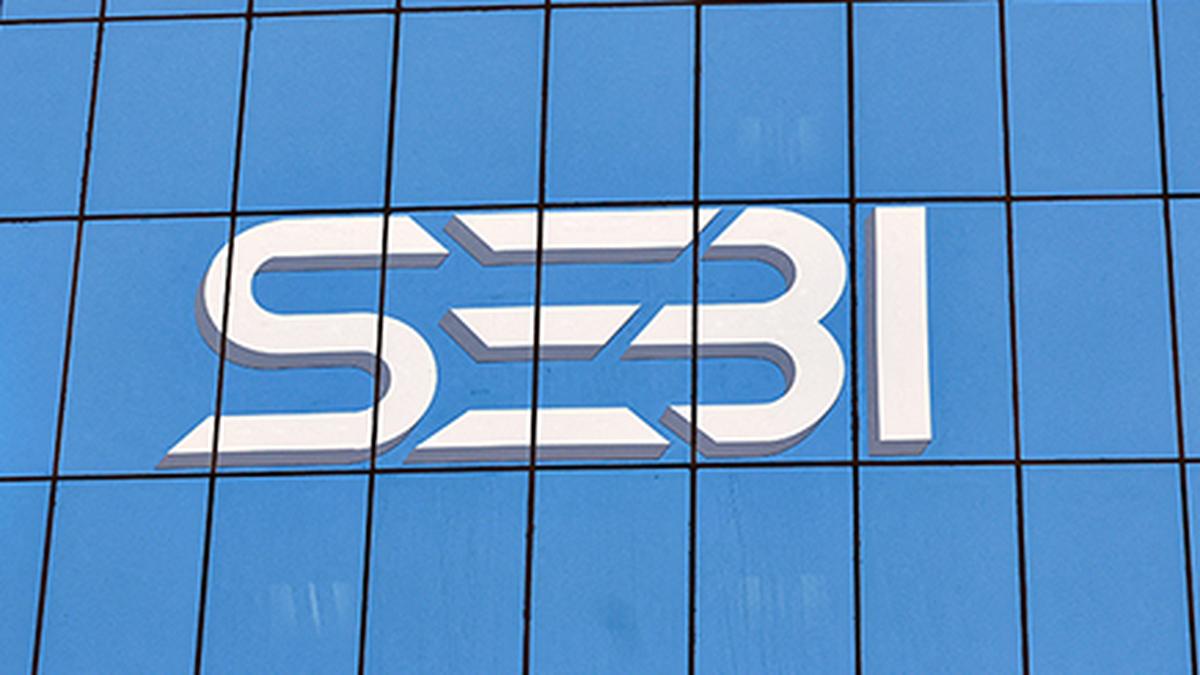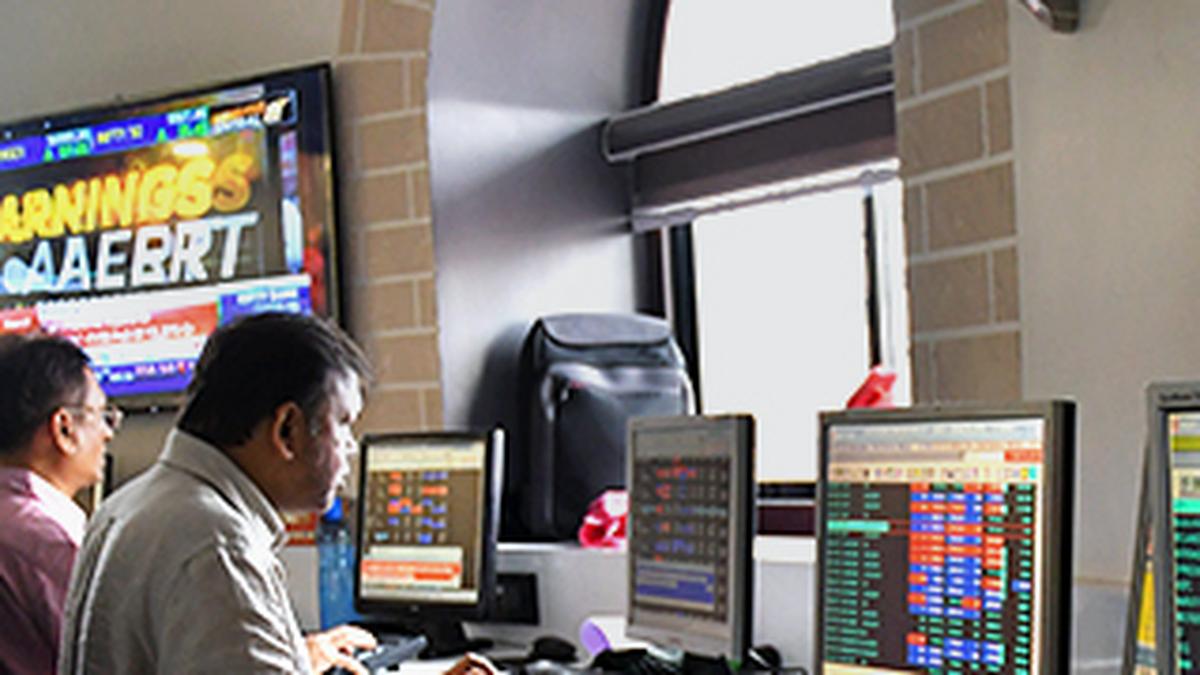The Q2FY25 earnings season has brought caution to the markets, with 44% of companies under JM Financial’s coverage missing profit expectations, signalling broad challenges across sectors.
Out of 157 companies analysed, only 41% reported results above estimates, while 15% met expectations.
The results have highlighted several headwinds, including a notable slowdown in urban demand, high credit costs, and margin pressures that are impacting key sectors like FMCG, auto, oil refining, and consumer durables.
Sectoral highlights and key misses
BFSI (banking, financial services, and insurance): Public sector banks (PSUs) posted solid performances due to strong recoveries and reduced credit costs, with Bank of Baroda and Punjab Bank beating expectations. Meanwhile, microfinance institutions (MFIs) and certain non-banking financial companies (NBFCs) faced significant pressures from elevated credit costs. CreditAccess Grameen and Muthoot MicroFin missed targets due to higher provisioning costs and a slowdown in growth, reflecting ongoing challenges in managing unsecured loans.
FMCG & retail: Urban demand weakened across larger FMCG companies, impacting revenue growth and profitability. For instance, Hindustan Unilever saw a moderation in demand, especially in discretionary segments, resulting in performance in line with forecasts. However, Godrej Consumer managed to beat expectations through higher income from other sources and lower financing costs. In the retail space, Avenue Supermarts missed earnings targets as competitive pressures squeezed margins, while companies like Go Fashion and Restaurant Brands India benefitted from stronger margins and other income gains.
Also read: SBI Q2 Results: Net profit aided by higher other income; Asset quality improves
Auto and auto ancillaries: Original equipment manufacturers (OEMs) such as Maruti Suzuki and Bajaj Auto struggled with adverse commodity costs and unfavourable product mixes, resulting in missed expectations. In contrast, auto ancillary companies fared better, with firms like Sona BLW Precision Forgings and SJS Enterprises surpassing targets due to robust revenue growth and improved operating leverage. Auto ancillary players benefitted from diversified exposure, helping offset some of the OEM sector's slowdown.
Chemicals: The chemical sector saw significant misses, driven by sluggish demand and high inventory levels among customers. Companies like PCBL and Tatva Chintan Pharma Chem faced inventory challenges and pricing pressures, while Aether Industries exceeded expectations due to a rise in contract manufacturing revenue.
Oil refining & marketing and city gas distribution: The oil refining sector, with companies such as Bharat Petroleum and Hindustan Petroleum, missed expectations across the board due to weak gross refining margins (GRM) and continued LPG under-recoveries. The city gas distribution (CGD) sector was also impacted, with Mahanagar Gas missing targets amid higher gas costs and lower realisation.
Also read: Vedanta Q2 Results: Lower taxes aid return to profitability, revenue drops 3.4%
Consumer durables: Consumer durable companies struggled with weak demand and rising input costs. Firms like Voltas and Havells missed projections due to high raw material prices, increased advertising expenses, and regulatory challenges, such as BIS compliance. However, EMS companies like Dixon Technologies outperformed on the back of strong mobile volumes and contributions from recent acquisitions.
Building materials and industrials: This sector faced margin pressure as unorganised players adopted aggressive pricing, impacting companies like Kajaria Ceramics and Somany Ceramics. Additionally, supply chain constraints and de-stocking by clients created operational challenges for industrial companies, with AIA Engineering missing expectations due to operating deleverage.

 1 month ago
1 month ago















